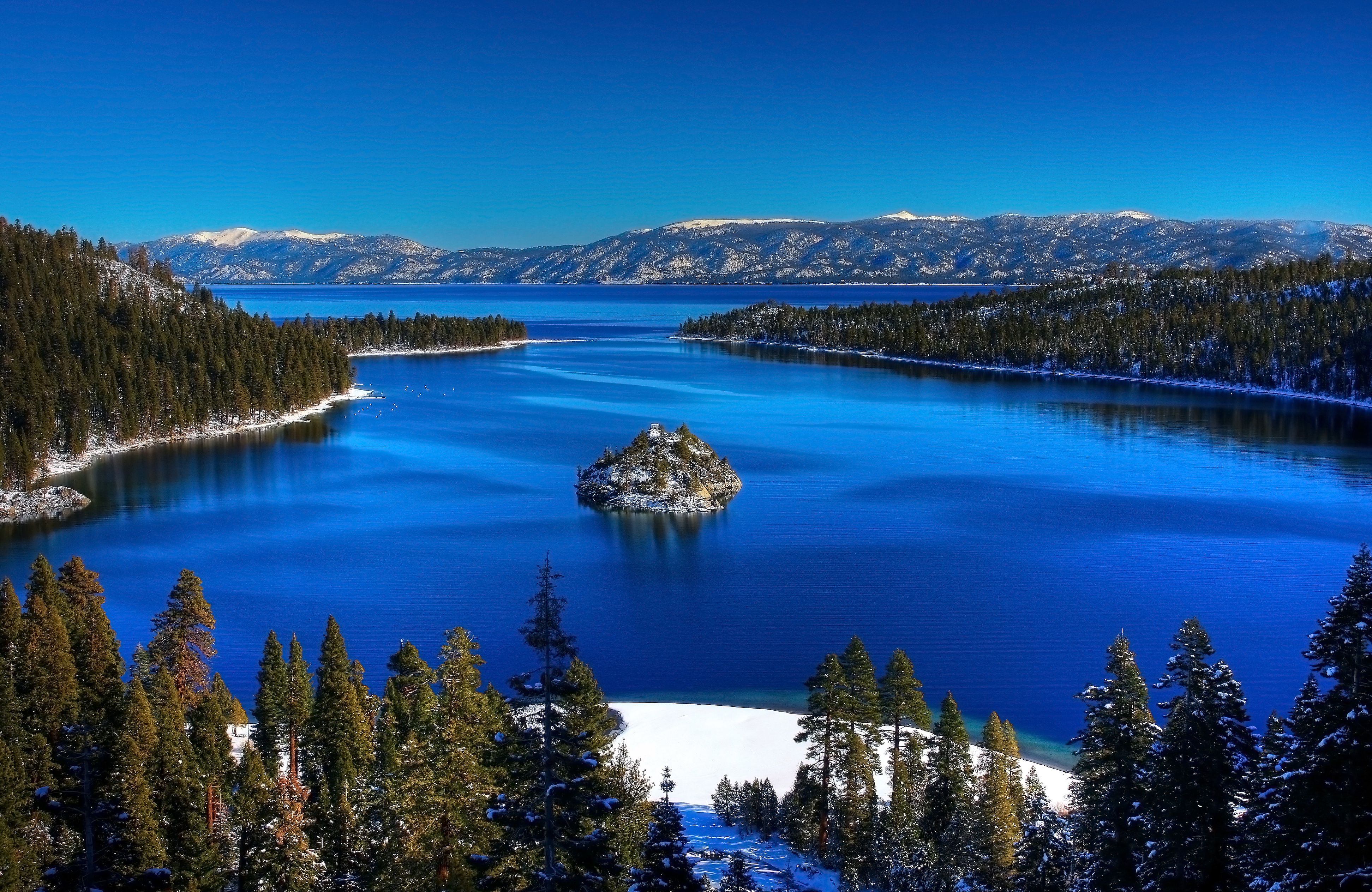In a series of executive orders, the president has requested that agencies review several environmental protection rules, and if deemed necessary, repeal or modify rules to better facilitate economic growth. One such rule, the Clean Water rule, also known as the Waters of the U.S. rule (WOTUS), has been in the crosshairs of industry for some time.
Finalized in August 2015, WOTUS expands EPA’s jurisdiction under the Clean Water Act (CWA) to include nontraditional navigable waters such as wetlands, ponds, impoundments, and lakes that can impact the chemical, biological, or physical integrity of neighboring waters. This interpretation of EPA’s jurisdiction was shared by Justice Anthony Kennedy in his 2006 concurrence with the plurality decision in Rapanos. Justice Kennedy wrote that EPA should have the power to enforce where adjacent non-navigable waters have a “significant nexus” with traditional navigable waterways. This nexus included subsurface connections.
 |
But the rule has had many detractors. In October 2015, the Sixth Circuit issued a nationwide stay of WOTUS until its legality could be reviewed. In February, President Trump issued an executive order on “Restoring the Rule of Law, Federalism, and Economic Growth by Reviewing the ‘Waters of the United States’ Rule,” which directs EPA to review WOTUS consistent with promoting economic growth, minimizing regulatory uncertainty, and respecting states’ rights. The order also asks that the term “navigable waters” be interpreted using Justice Antonin Scalia’s “continuous surface water connection” model.
Recently, the administration has requested that the Supreme Court hold off on hearing a case, National Association of Manufacturers v. Department of Defense et al., which concerns a challenge to the WOTUS rule, until the administration has time to review the rule itself. The case would decide if the federal appeals courts or district courts had jurisdiction over hearing challenges to the rule. While the case does not concern the legality of the rule itself, it does affect the route of any litigation concerning the rule in the future. On April 3, the Court denied the administration’s request, but gave no explanation as to why it did so.
For now, the fate of the Clean Water Rule is uncertain. With bipartisan opposition to the broad reach of the rule, it seems as if its days as it is currently composed are numbered.
